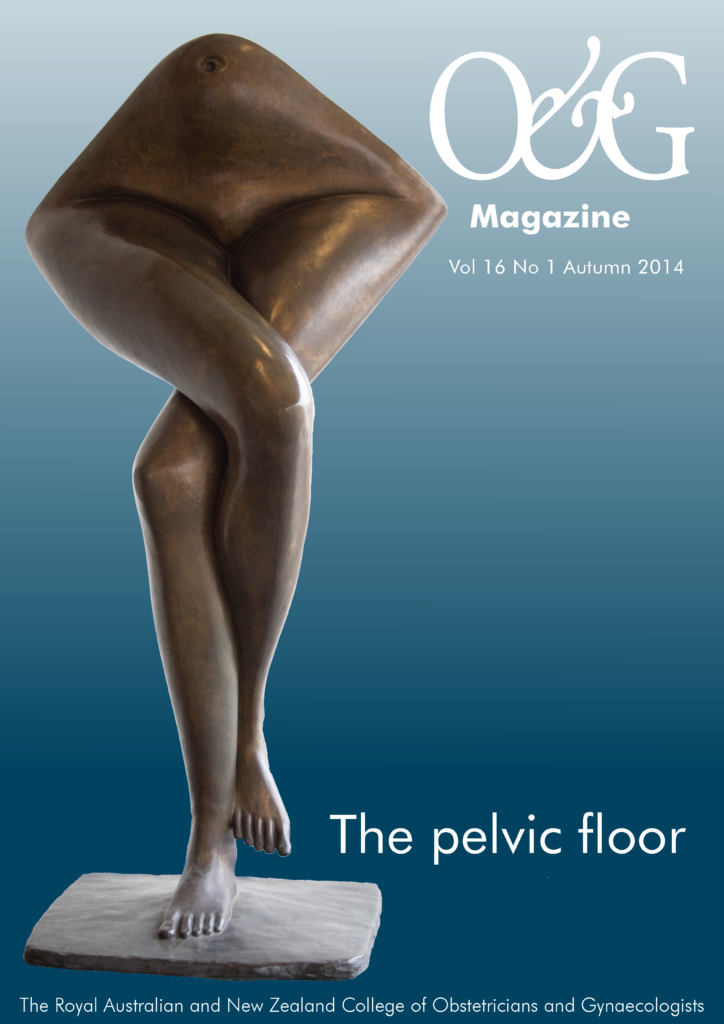Pelvic floor considerations run the full gamut of obstetric and gynaecological care. Whether it is attending a normal vaginal delivery or performing a clinical examination of a woman with prolapse, ultrasound assessment of pelvic floor musculature or learning novel surgical techniques, pelvic floor care spans the everyday to the cutting edge.
he obstetrics and gynaecology of the pelvic floor is nothing if not controversial. Will an elective caesarean protect the pelvic floor? Should we use mesh in prolapse repair surgery? What is the place of episiotomy in modern practice? Should urodynamic studies be performed prior to prolapse surgery? Many readers will have faced these questions in their practice and this issue has informative discussions of each of them.
Dr Sylvia Lin and Prof Don Wilson review the evidence from a number of studies, examining the role of mode of delivery in protecting the pelvic floor. They provide a succinct table of the results of these studies that will be of use to clinicians in assisting their patients considering caesarean to protect the pelvic floor. Prof Malcolm Fraser and Dr Oliver Daly, similarly, provide a balanced discussion of the role of mesh in pelvic organ prolapse surgery that clarifies the current state of play on this controversial and potentially litigious issue. On a perhaps less well travelled route, Dr Vivien Wong and Prof Kate Moore discuss recent research regarding the role of collagen in female pelvic organ prolapse, highlighting that not all pelvic floor dysfunction is necessarily related to childbirth.
On reading the articles while this issue of O&G Magazine was being prepared, I could not help but wonder how a similar issue will look in a decade’s time. What will be the elective caesarean rate? Will mesh for prolapse repair be a common technique, will it be only in the hands of the subspecialist or will it be a memory, having been deemed surgically and economically non-viable? At this stage none of us know the answers, but it will be an exciting time as the debates continue.





Leave a Reply